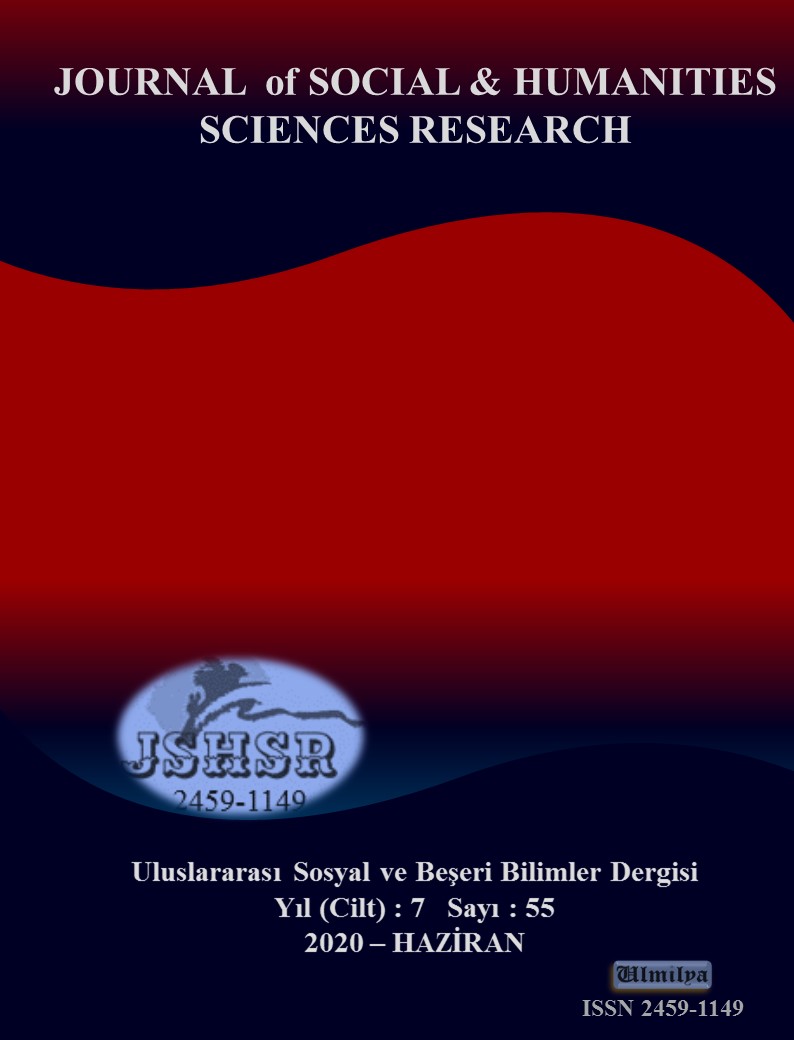THE ELEMENTS OF PAINTING IN THE POEMS OF BEDRİ RAHMİ EYÜBOĞLU
DOI:
https://doi.org/10.26450/jshsr.1899Keywords:
Republican Period Turkish Literature, Bedri Rahmi Eyüboğlu, Painting and Poetry, ColorsAbstract
While Turkish literature, the era of westernization, was the scene of new literary genres, it also paves the way for discussion of
the art of saying a rooted word like poetry. In this context, while the formal features and subjects of the poetry genre are being
transformed, the relation of poetry with other fine arts comes to the agenda from time to time. Turkish literature in the
Republican era constitutes a rich phase in this respect. Bedri Rahmi Eyüboğlu (1913-1975), one of the well-known poets of the
period, was a powerful figure who left a mark in the history of Turkish painting as well as his poetry. Eyüboğlu was interested
in both arts and caught a remarkable line in both painting and poetry. Poet Bedri Rahmi is an original artist who is not fully
involved in one of the main trends of the Republican era. In addition to folk culture and natural sayings, his poetry also brought
some character from his painting. The fact that he allocates a wide range of colors in his poems and creates unusual sayings
with color highlights also indicates the sensitivity of the artist. While poetry his observations about the outside world, he acts
like a painting with words, and sometimes remembers painters and elements of painting; shows that he was influenced by the
art of painting while he was poetry, and he could not help himself from looking at the realm through the eyes of the artist. In
this article, the use of the elements of painting in the poems of Bedri Rahmi is exemplified; It was tried to show how the poet
benefited from these elements in creating expression and image.
Downloads
Published
How to Cite
Issue
Section
License
Copyright (c) 2020 INTERNATIONAL JOURNAL OF SOCIAL HUMANITIES SCIENCES RESEARCH

This work is licensed under a Creative Commons Attribution 4.0 International License.


